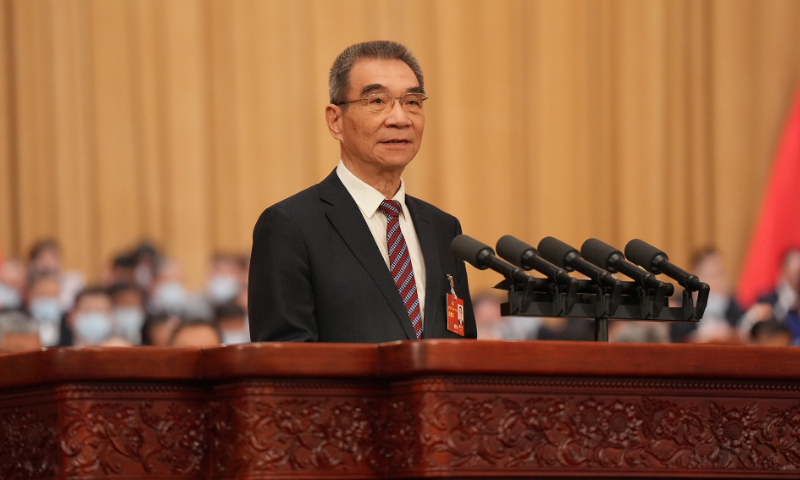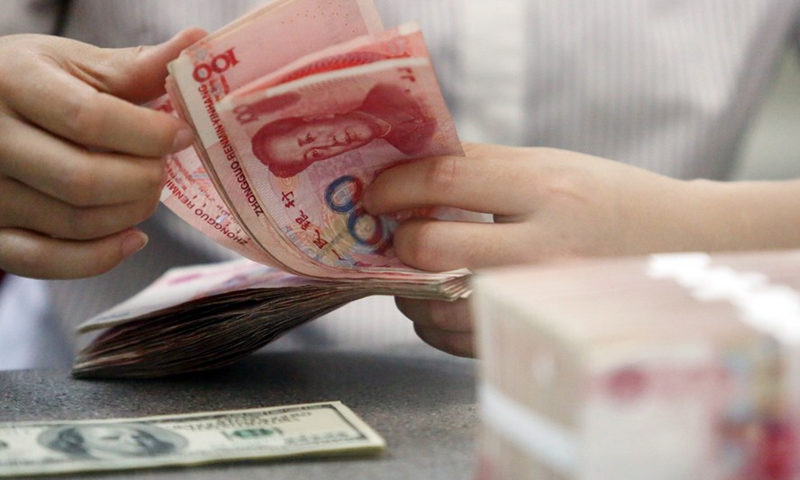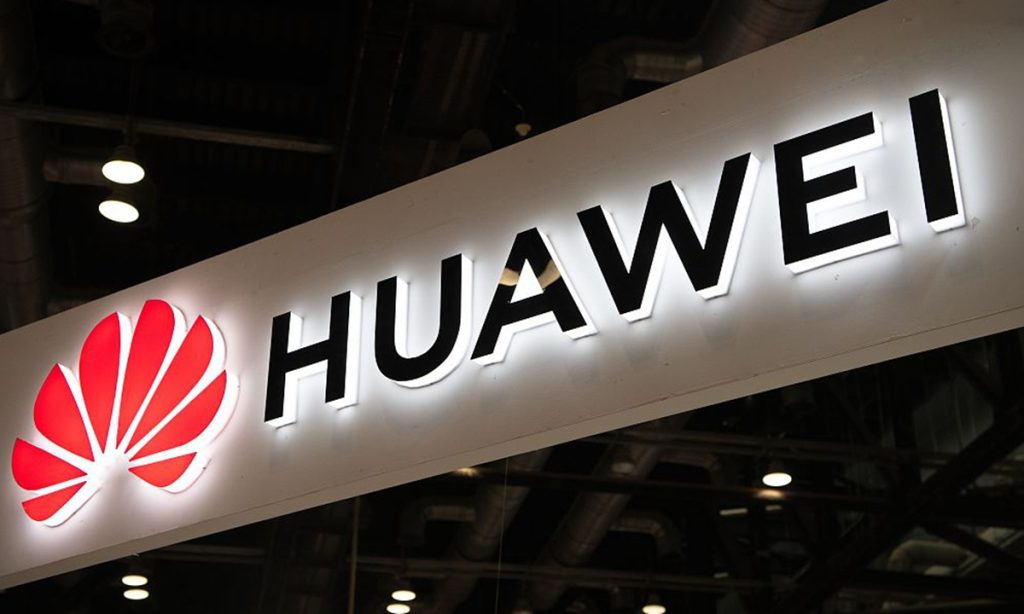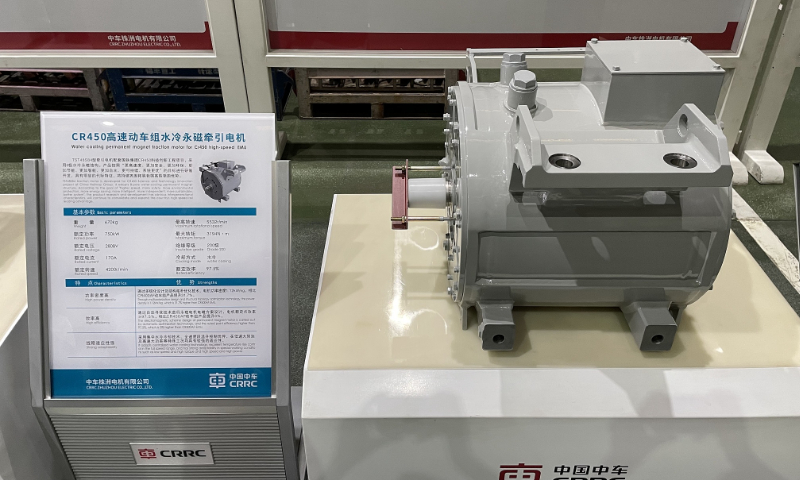Shanghai Disney Resort to build a new-theme attraction, as foreign firms eye more market opportunities in China

Shanghai Disney Resort is to construct a new themed attraction, a reflection that foreign investors remain upbeat in operating in China.
The new themed attraction is to be located adjacent to the newly opened Zootopia, which is at the initial planning stage.
Resort shareholders and management continue to signal optimism about Shanghai Disneyland and look forward to providing more updates as constructions progresses, the Global Times learned from the resort on Monday.
The latest expansion plan demonstrates Shanghai Disney Resort’s commitment to providing new offerings and developing the resort into a multi-day tourism destination for tourists from near and far, said the resort.
Since the resort’s opening in June 2016, Shanghai Disneyland theme park has undergone two expansions, with the opening of Disney•Pixar Toy Story Land in April 2018, and the opening of a second new themed land, Zootopia, in December 2023.
Foreign investors are now accelerating expansion in the Chinese market. Apple is set to open a new store in Shanghai’s Jing’an district on March 21, marking its eighth retail outlet in the city, according to the company’s website.
US fashion brand Supreme plans to open its first store in China, which will be its 17th store worldwide, jiemian.com reported.
Renewed confidence in the Chinese market comes as the Chinese government is stepping up efforts to attract overseas investment.
The Government Work Report, submitted to the national legislature for deliberation on March 5, outlined efforts to attract foreign investment. For example, all market access restrictions on foreign investment in manufacturing will be abolished, and market access restrictions in services sectors, like telecommunication and healthcare, will be reduced. Work will also be done to make China a favored destination for foreign investment, according to the report.
“As various economic incentives continue to be rolled out and implemented, we feel that Chinese economy is gaining momentum. In particular, in the context of China's high-quality development and the dual-carbon goals, we see rapid development of companies and markets that are in line with the megatrends, such as new energy, artificial intelligence and green building materials,” Alvin Hu, President of WACKER China, told the Global Times.
Data showed that China remains a major destination for foreign investment. A total of 53,766 new foreign-invested enterprises were established in 2023, marking a substantial 39.7 percent increase over a year earlier.
The structure of foreign investment also showed promising signs of improvement, with high-tech industries attracting 423.34 billion yuan in 2023, accounting for 37.3 percent of the actual use of foreign investment, a 1.2 percentage point increase from 2022.







